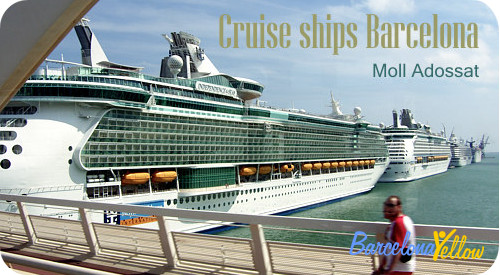

The cruise port’s function as a home-port, a transit port, or a hybrid port, implies different needs and design considerations: Operational considerations are a critical factor in implementing the design of a cruise terminal is carried out at a specific port. Due to the nature of their customers and the nature of cruise operations, connectivity to the city, car parking, and public transport facilities are particularly important. Inside the cruise terminal, there are provisions for various spaces, including the apron area, terminal building, and ground transportation. From a maritime viewpoint, cruise terminals need to fulfill minimum requirements for draft, berthing lines, and navigation channels for cruise ships. At the same time, they have to be integrated with transport, tourism, and the urban planning strategies of the port-city and nearby destinations. Cruise TerminalsĬruise terminals are designed to serve the requirements of cruise vessels and their passengers. Cruise terminals have a unique set of characteristics and operational considerations since they need to handle a large number of passengers and cruise ship supplies.


 0 kommentar(er)
0 kommentar(er)
